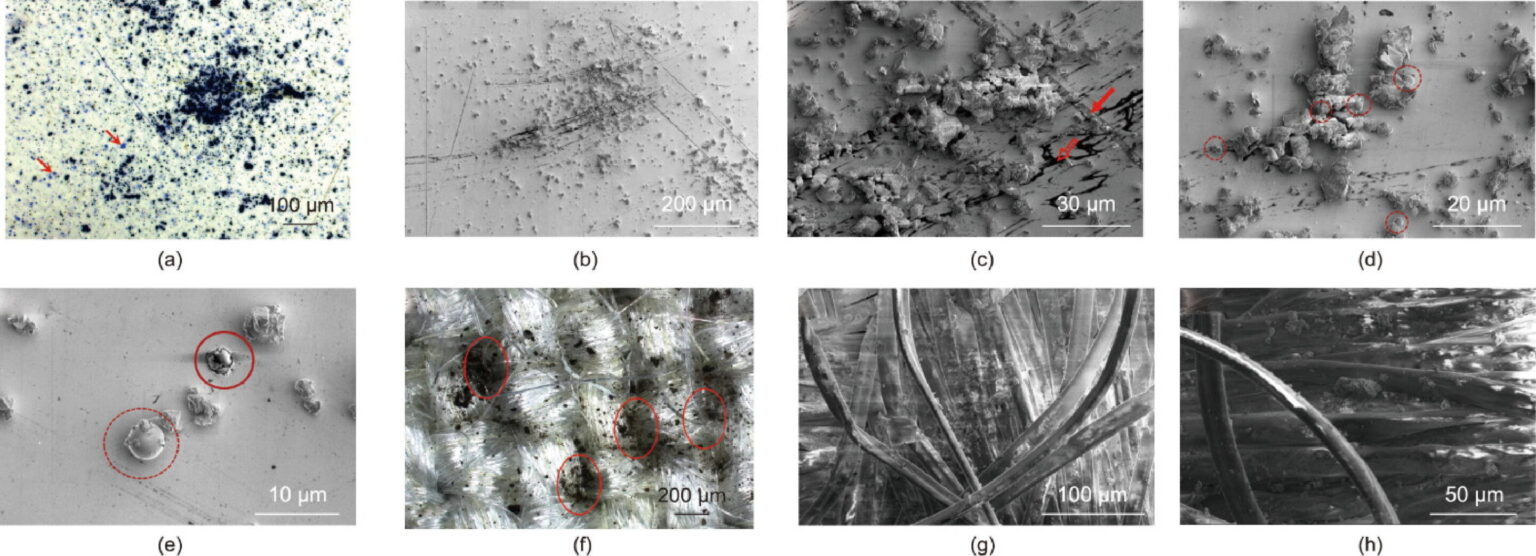Scientists are conducting experiments to figure out how lunar dust brought back by China’s Chang’e-5 mission behaves in a magnetic field. This may seem like fun at first glance, but is actually of great importance for the future exploration and development of our moon.

Research of lunar regolith in the electric field
A study published in the journal Engineering has shed new light on the behavior of lunar regolith particles under the influence of an external electric field — a discovery that could revolutionize space exploration and the use of lunar resources. The study, conducted by a joint team of scientists from Qian Xuesen Space Technology Laboratory, Tsinghua University and other institutions, centers on the charge properties and particle dynamics of lunar samples brought back by China’s Chang’e-5 mission.
A scientific paper titled “Charging Properties and Particle Dynamics of Chang’e-5 Lunar Sample in an External Electric Field” takes a deep dive into the problem of using lunar regolith resources in place. The study investigates the manipulation of lunar particles using an external electric field, a technique promising for space particle control. This control is critical for a variety of space applications including dust removal, raw material transportation, and mineral processing.
Results of particle experiments
The experiments were conducted under high vacuum conditions that mimic the lunar environment. The researchers used samples of lunar regolith from the Chang’e-5 mission and exposed them to an electric field created by two parallel brass electrodes. During the study, they observed the charging process, particle dynamics, and the effects of these charged particles on aerospace materials.
The results revealed significant differences in the charging process and electrostatic projection of lunar regolith particles under high vacuum conditions compared to atmospheric conditions. Particles with diameters ranging from 27.7 to 139.0 micrometers were found to be more sensitive to the negative charge in the external electric field. The charge produced by the lunar samples and the charge-to-mass ratio were measured, giving valuable data for future engineering solutions for the Moon.
The study also revealed significant damage on the impact surfaces of the targets, indicating the potential hazard that lunar regolith particles pose to aerospace materials. This knowledge is critical to the development of protective measures for spacecraft and lunar habitats.
Contribution to future lunar missions
The study contributes to a better understanding of the basic principles of lunar regolith protection and utilization. It provides the basis for the development of new in-situ lunar regolith utilization techniques needed for deep space exploration and lunar base construction.
A complex study of the induction charge properties of the Chang’e-5 lunar regolith samples and their dynamics under the action of an external electric field has filled the gap in experimental data in this scientific field. The results not only advance our knowledge of lunar particle behavior, but also inspire innovative approaches to lunar resource management, paving the way for sustainable and efficient lunar development.
According to phys.org


